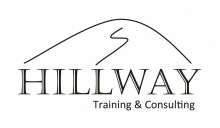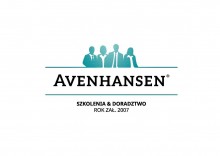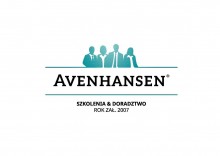Training objectives
Understanding the neurobiological mechanisms of conflict
Participants will learn how the brain reacts in situations of stress and conflict, and how to recognize their own automatic responses (fight, flight, freeze, fawn).
Recognizing stages of conflict escalation
Participants will learn to identify signs of increasing tension and respond appropriately at different levels of escalation (Glasl’s model).
Mastering the structure of constructive conflict conversations
Participants will practice using a 4-step conversation model that helps express needs, listen actively, and find joint solutions.
Choosing the right strategy for difficult conflict situations
Participants will understand the differences between mediation, negotiation, and arbitration, and learn when and how to apply each method.
Learning to use the Harvard Method for interest-based negotiation
Participants will learn how to conduct win-win negotiations, identify each side’s interests, use BATNA, and rely on objective criteria.
Developing resistance to manipulation and strengthening personal boundaries
Participants will learn how to recognize manipulative tactics and respond with calm, assertive communication to protect their boundaries.
Estimated contribution of the practical part: 70%
Duration: 2 days for 7 h
Module 1:
How the Brain Reacts in Conflict
Understanding the neurobiological stress response: Fight, Flight, Freeze, and Fawn.
Module 2:
The Three Levels of Conflict Escalation (Glasl’s Model)
From win-win to lose-lose – how conflicts grow and what signals to watch for.
Module 3:
The 4-Step Conflict Resolution Model
A simple and effective structure for holding difficult conversations and reaching agreements.
Module 4:
Handling Difficult Conflicts
Mediation, negotiation, and arbitration – key differences and when to use each.
Module 5:
The Harvard Negotiation Method – “Getting to Yes” in Conflict Situations
Learn how to resolve conflicts by focusing on shared interests instead of positions. Discover how to separate people from the problem, apply objective criteria, and use BATNA to reach constructive, lasting agreements – even in emotionally charged situations.
Module 6:
Recognizing and Managing Manipulation in conflict
How to spot manipulation and protect your boundaries with calm, assertive communication.
Training Methods and Practical Exercises:
The sessions will be delivered using interactive and experiential learning methods, enabling participants to develop skills through practice and reflection. The following training techniques will be applied:
• Discussions – both trainer-led and peer-driven conversations that encourage deeper reflection, confrontation of perspectives, and collective problem-solving.
• Practical exercises – focused on performing targeted tasks designed to enhance specific interpersonal skills and increase individual effectiveness in real-life situations.
• Case and scenario analysis – based on real or fictional events that participants first explore at a surface level, then investigate more deeply to identify causes, consequences, and possible solutions.
• Simulations – recreating realistic tasks and team dynamics under near-authentic conditions to help participants test new approaches in a safe environment.
• Role-playing – allowing participants to step into various professional roles and receive structured feedback to improve communication, self-awareness, and conflict resolution strategies.
• Questionnaires and self-assessment tools – helping participants identify their typical patterns, behaviors, and preferences in communication and conflict situations.
Oferees:
This program is designed for:
- Mid- and senior-level managers
- Team leaders and project managers
- Junior and senior specialists
- Members of interdisciplinary and project teams
- HR Business Partners and HR department staff


































